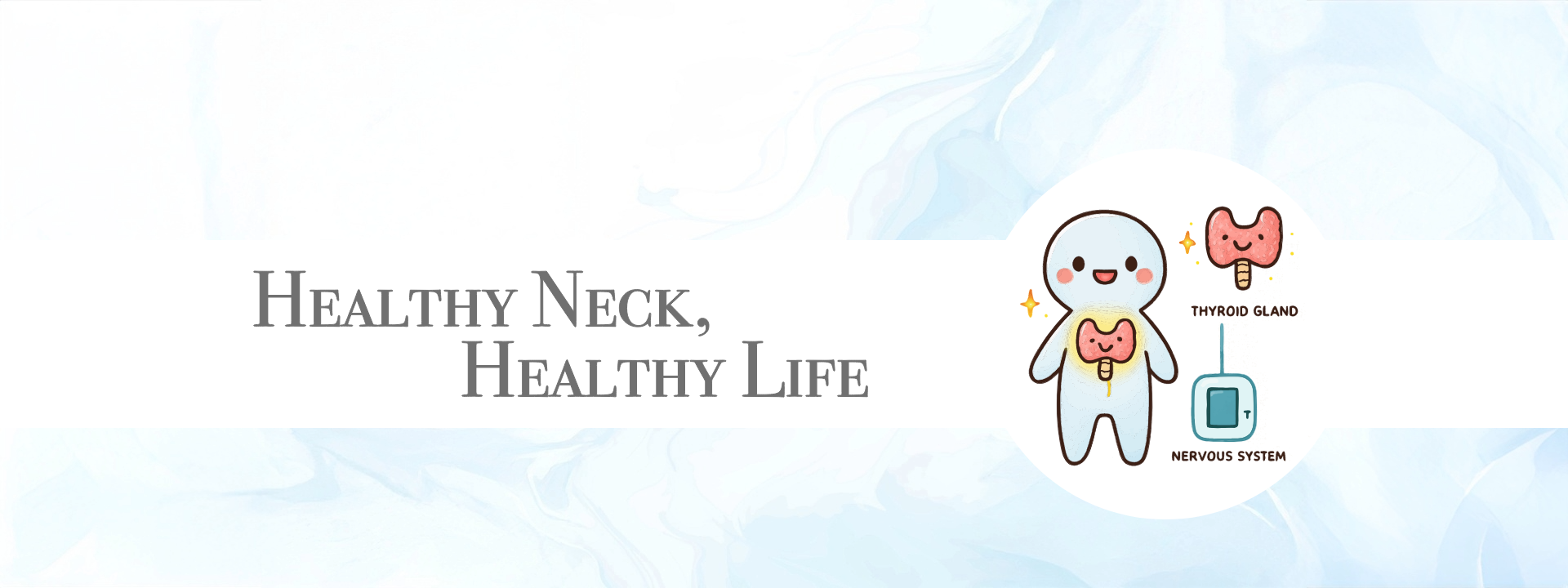✿The Reason I Decided to Go Abroad: A Life-Changing Event That Made Me Want to Save People Around the World③
The Decision to Go Abroad: A Life-Changing Experience
This article is a continuation of the previous one.
The experience of a friend’s child (then 28 years old) became the turning point that solidified my decision to start clinical practice abroad.
This child had struggled with tic disorder since middle school, and by the time they were in their senior year of high school, their symptoms had worsened to the point that they could no longer attend school.
I hypothesized that their current symptoms were deeply connected to these past experiences, and I began formulating a treatment plan.
- ● Main Symptoms Targeted (Possible Causes: Past Dysregulation of the Autonomic Nervous System)
- ● The Focus: Cervical Spine Misalignment
- ● The Impact of This Misalignment on the Autonomic Nervous System
- ● Hypothesis for This Case
- ● Mental Tendencies
- ● Approach Based on Tic Disorder
- ● Insights from Observing the Tic Disorder
- ● Time of Day and Symptom Correlation
- ● Treatment Approach for This Case
- ● The Remarkable Changes That Followed
● Main Symptoms Targeted (Possible Causes: Past Dysregulation of the Autonomic Nervous System)
- Tic disorder
- Temporomandibular joint disorder
- Irritability, emotional instability
- Mild insomnia
● The Focus: Cervical Spine Misalignment
The primary cause of autonomic nervous system-related symptoms is cervical spine misalignment.
This child had been sleeping with a very high pillow from a young age. By the time I pointed it out, they had already become unable to sleep with a low pillow.
Sleeping with a high pillow in the supine position affects posture when standing, causing a condition known as “text neck,” where the head juts forward. This leads to the flexion of the lower cervical spine and significant misalignment of the upper cervical vertebrae (C1 and C2).
● The Impact of This Misalignment on the Autonomic Nervous System
- Lower cervical spine misalignment → Compression of the sympathetic nervous system
- Upper cervical spine misalignment → Compression of the parasympathetic nervous system
● Hypothesis for This Case
- Difficulties with emotional control and mood swings
- Temporomandibular joint disorder
- Inability to relax and poor sleep quality
- Psychological instability such as tic disorder and irritability
● Mental Tendencies
Common thought patterns among people with such symptoms include:
- Blaming others easily
- Tendency to be self-centered
- However, at their core, they are very kind-hearted
Since I had known this child since they were very young, I reflected these personality traits in the treatment program.
● Approach Based on Tic Disorder
Since tic symptoms were prominent, I conducted treatments in the morning and evening, using these as the primary evaluation markers.
● Insights from Observing the Tic Disorder
The tic disorder, which had persisted since middle school, had been very distressing for them. They shared their experience:
“Tics come out when I’m excited or upset. It’s there even when I’m nervous. I feel like no matter what I do, it doesn’t stop. But I found one way to stop it. That is to make my emotions ‘blank.’”
After trying various methods to prevent the tics while riding the train or airplane, they finally found that by suppressing emotions, the tics would not occur.
● Time of Day and Symptom Correlation
What I observed was that the tic symptoms, anxiety, and panic attacks worsened particularly in the late afternoon and evening.
The person also mentioned, “I feel worse in the evening.”
This suggests that they were struggling to activate the parasympathetic nervous system during this time, when it should naturally become dominant.
● Treatment Approach for This Case
The main issues I targeted were:
- The difficulty in switching to a parasympathetic state in the evening
- Over-activation of the sympathetic nervous system
I addressed both of these issues in my treatment plan.
● The Remarkable Changes That Followed
As treatment continued, a surprising change occurred.
I will share the details of this discovery in the next article, “The Astonishing Revelation of Tic Disorder.”
(To be continued)



コメント